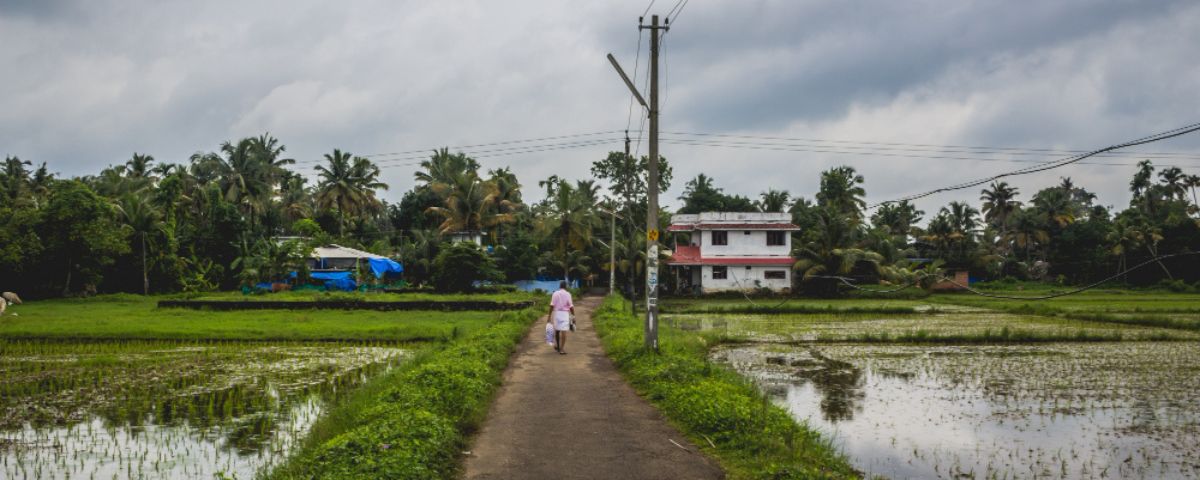
India boasts 99 percent 4G coverage, with over 600,000 villages connected and approximately 442,000 5G base transceiver stations (BTS) till date, according to the Ministry of Communications (MoC) on the eve of World Telecommunication and Information Society Day. This extensive 4G network ensures widespread access to high-speed wireless internet, facilitating the use of various digital services.
Telecommunications Milestones
“The Indian telecom sector has witnessed significant developments in recent years, setting the stage for a transformative era. Driven by unprecedented data consumption, a vast user base, and a policy-friendly environment, India continues to foster industry growth and startup innovation,” the Communications Ministry said in an official statement on Thursday, a day before World Telecommunication and Information Society Day.
The Ministry added, “The Department of Telecommunications is establishing international partnerships and collaborations to build a world-class telecom ecosystem, enhancing global connectivity, and positioning India as a global leader in digital innovation and infrastructure.”
According to the Ministry, “India’s Telecom Diplomacy has helped attract new business ventures, forge partnerships with global leaders, nurture domestic startups, demonstrate India’s commitment to driving innovation, and secure its leadership position in the global telecommunications landscape. Telecom diplomacy has been focused on outcomes, and many green shoots are visible.”
World Telecommunication and Information Society Day (WTISD)
World Telecommunication and Information Society Day (WTISD), celebrated annually on May 17th since 1969, marks the founding of the ITU and the signing of the first International Telegraph Convention in 1865. The theme for WTISD 2024 is “Digital Innovation for Sustainable Development.”
The Ministry of Communications highlighted several key developments in the telecommunications sector, including strategic partnerships with partner countries and telecom chip companies, exchange of best practices, creating new opportunities, increasing telecom exports, securing Indian interests, and leadership positions in international forums. These efforts have transformed the India Mobile Congress (IMC) and tapped into specialized knowledge through academic and research collaborations.
Strategic international collaborations, particularly with the USA, are fueling progress, driving initiatives like OpenRAN adoption and facilitating access to telecom chips for startups. These partnerships also promote dialogue on spectrum allocation and quality of service assurance, enhancing India’s telecom ecosystem.
The Ministry noted that the gap between imports and exports has decreased in recent years. Most of the 5G demands are being met by Made in India products. Indian companies exported Rs 25,200 crores worth of telecom equipment and accessories last year. The DoT has made concerted efforts to help domestic companies showcase their products domestically and internationally to boost exports.
Furthermore, India, through the Bharat 6G Alliance, is entering into a Memorandum of Understanding with the NextG Alliance of ATIS, USA, and the 6G Smart Networks and Services Industry Association (6G-IA) of the EU to explore collaboration opportunities on 6G wireless technologies. This partnership aims to support a common 6G vision and create secure, trusted telecommunications and resilient supply chains.
“World Telecommunication Standardization Assembly (WTSA) is being held in October 2024 for the first time in India, with over 2000 delegates from 180 countries participating to decide the future direction of standards for the next generation of telecommunication systems,” the Ministry said.



